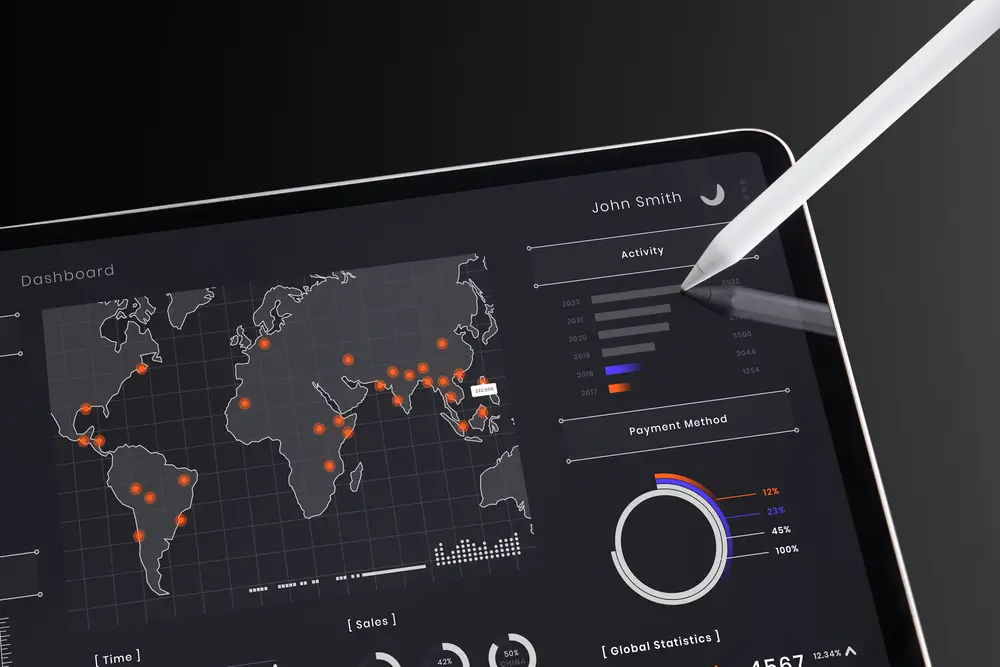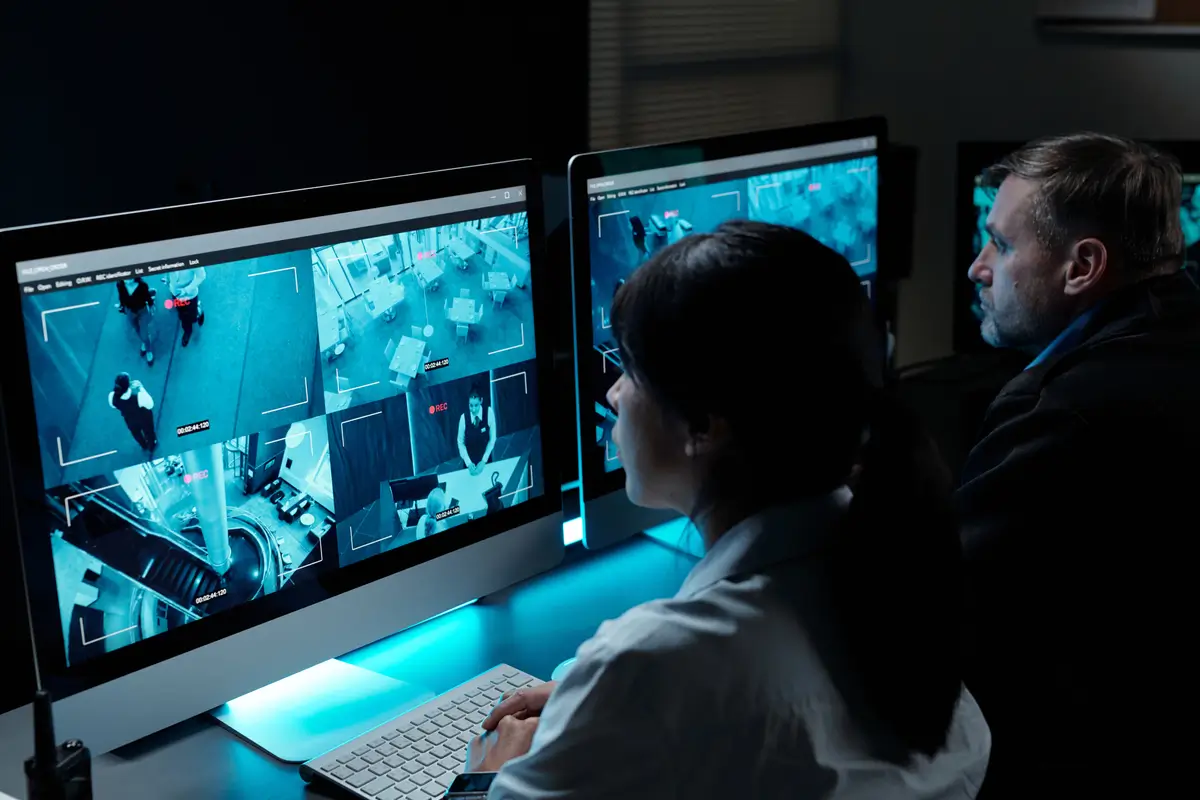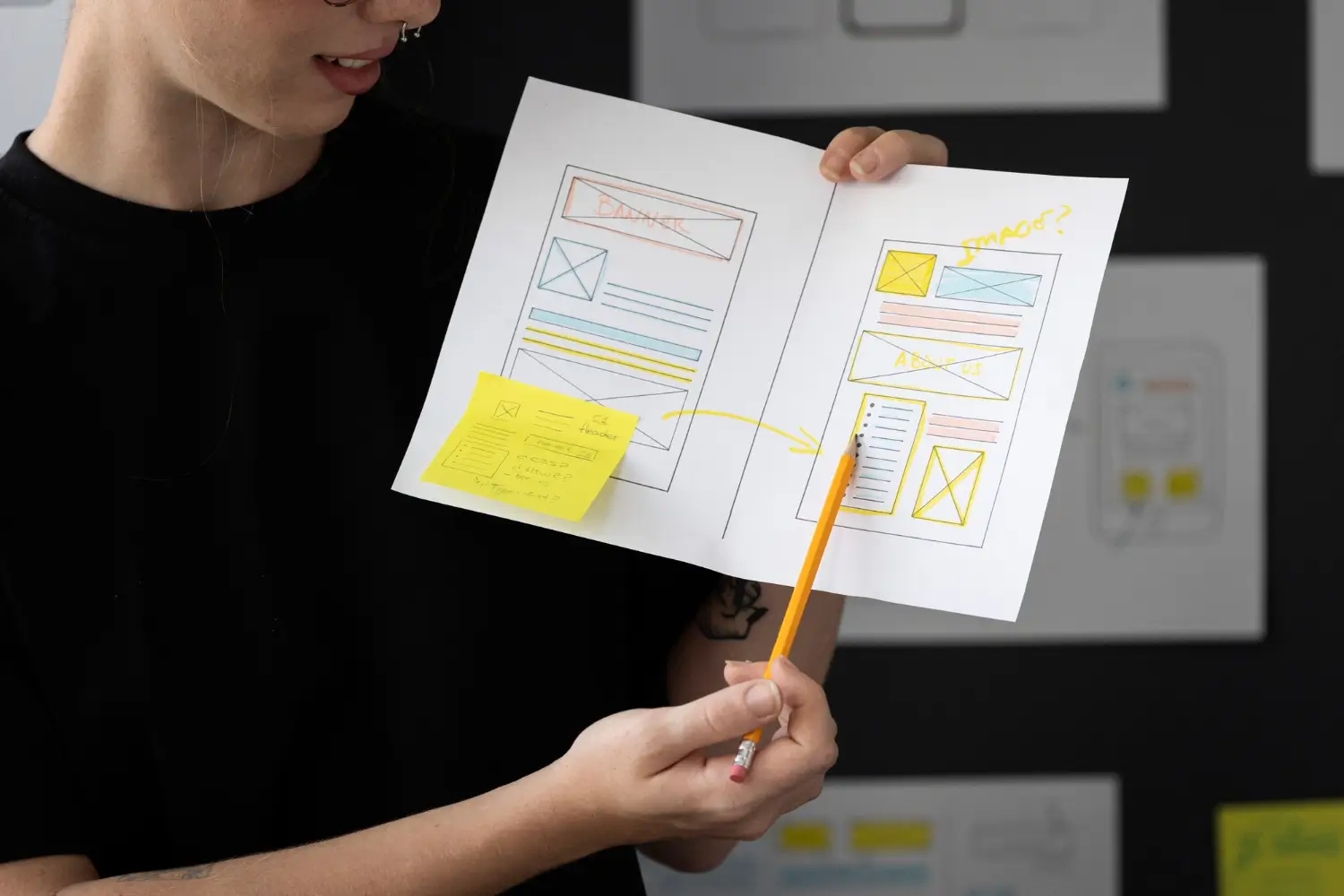Avian coccidiosis is one of the major concerns for the global poultry industry. Caused by protozoa of the Eimeria genus, this disease directly affects bird health and production outcomes, with global economic losses estimated at over $14 billion annually.
Faced with this challenge, Vaxxinova—a company specialized in animal health and protection solutions—was looking for ways to make its laboratory processes faster, more accurate, and scalable. That’s when they partnered with Venturus to develop a tailor-made solution.
Together, we combined Computer Vision and Artificial Intelligence to tackle one of the most complex challenges in the field: analyzing and classifying oocysts—microscopic, resistant structures that transmit the disease and must be carefully identified during vaccine development and disease control.
The Challenge: Seeing What the Human Eye Can’t
Oocyst analysis is a complex and critical task. Each sample must be carefully examined to count and classify the structures, as well as to identify the specific Eimeria species responsible for the infection.
The problem? When done manually, this process is time-consuming, requires highly trained specialists, and is prone to human error. There are seven species of Eimeria that cause avian coccidiosis, and telling them apart visually is nearly impossible. On top of that, technicians also need to distinguish between infectious and non-infectious oocysts.
Only with this detailed information can Vaxxinova properly apply and monitor the use of vaccines that protect the animals.
The Solution: AI and Computer Vision Under the Microscope
In close collaboration with Vaxxinova’s technical team, we developed an advanced AI model with Computer Vision to automate the counting and classification of oocysts in microscopic samples.

The system identifies infectious oocysts (highlighted in blue) and non-infectious ones (in red). Trained to recognize visual patterns, the model continues learning with every new sample, becoming increasingly accurate over time.
It can differentiate:
- Sporulated (infectious) and non-sporulated (non-infectious) oocysts
- All seven distinct Eimeria species
This level of automatic identification is a major step forward, unlocking efficiency, consistency, and scalability. The system also distinguishes among the different species of oocysts, shown with different colors for clarity.

“This project with Venturus was a breakthrough in a field considered unfeasible or reliant on expensive and complex solutions. Even without prior experience in animal health, Venturus’ tech expertise combined with our technical knowledge resulted in a high-value solution,”says Jony Yoshida, Technical Support Coordinator for Bioprocesses at Vaxxinova.
The Results: Faster Analysis, Greater Accuracy, and Room for Innovation
With the new solution in place, sample analysis has become automated—significantly reducing the time needed to deliver results while also improving the accuracy of identifications.
This directly benefits vaccine production and disease control processes, and also opens new possibilities for future applications and research in animal health.
The automation minimizes human error, enhances test reproducibility, and strengthens quality control in immunization production.
Beyond technical gains, the project stands out for its transformative potential. Applying AI technologies in a field rarely touched by digital innovation shows how collaboration between experts from different domains can lead to high-impact, real-world solutions.
Technologies Involved
- Artificial Intelligence
- Computer Vision
- Machine Learning
- Deep Learning
As Jony Yoshida noted, the collaboration also set the stage for future breakthroughs:
“In addition to the practical results, this partnership opens the door to future innovations, expanding the transformative potential of our field.
A Step Forward in Innovation for Animal Health
This case illustrates how cutting-edge technologies, when applied strategically and with the right technical expertise, can turn highly complex processes into efficient, scalable solutions.
The partnership between Venturus and Vaxxinova proves that innovation is possible even in areas where AI is still rarely applied—bringing not only operational improvements but also meaningful contributions to science and industry.
Talk to our experts and learn how we can help your business innovate.






